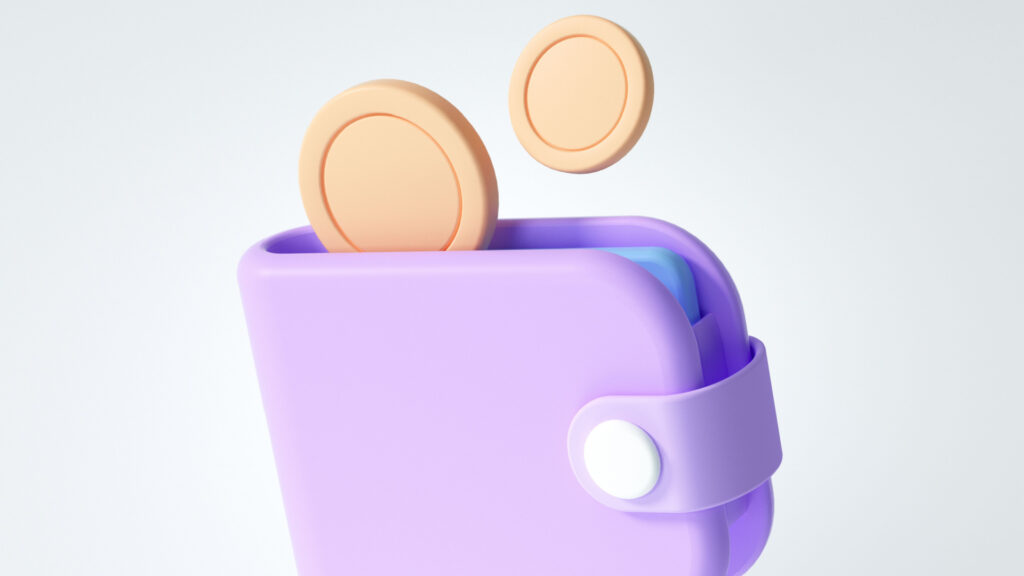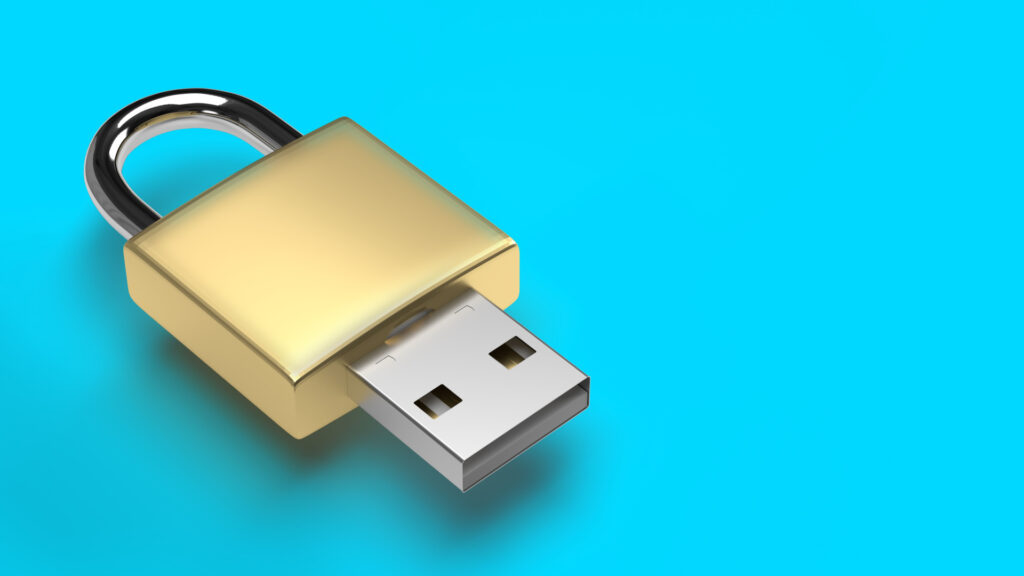What is a cold wallet?
A crypto cold wallet (or, as it's also called, a hardware wallet) is an autonomous storage system used to contain cryptocurrencies securely. It's essentially a safe where you can put your coins to protect them from hacker attacks or theft. Unlike a hot wallet placed on a specific digital platform, connected to the Internet, and communicating with other nodes, the cold wallet is wholly isolated from the network. This makes unauthorized access to the wallet completely impossible. At the same time, a cold wallet looks like a flash drive or a small mass storage device, so the investor can always carry it in their pocket or store it in any other convenient place.
The “cold storage” method is best suited for individual investors, but cryptocurrency exchanges or offline companies can also use it. Also, a cold wallet can be used to “offload” irrelevant data, backup versions, or even coins for burning, i.e., coins taken out of circulation.
Why do you need a cold wallet?
In the 21st century, any savings can be stolen or destroyed. When this happens to a bank account (for example, due to fraud or physical theft of a debit card), the bank can block your account promptly. Depending on your insurance, you may even be able to get back your lost money. With cryptocurrency, it's a little more complicated than that. If the key to your wallet ends up in the hands of an attacker, if it was hacked, or if the servers fail and your tokens are stolen, it is unlikely that anyone will help you get them back. It is likely that the owner of the crypto wallet wouldn’t even be able to access it any more. All because of the decentralised system of most cryptocurrencies, which guarantees users independence from banks and intermediaries but also deprives them of support and protection.
Thus, all crypto investors are faced with the task of earning and also preserving cryptocurrency. But, unfortunately, it’s not enough to stay vigilant and aware of the risks in the security field — users need the latest technological solutions. And one of them is the cold wallet.
How does a cold wallet work?

Cold storage uses private keys within an autonomous environment to sign transactions. Even when carrying out certain operations, the wallet remains isolated from any other access points and does not allow interaction with other devices unless it is connected to them directly through a special port.
Any transaction you make online is temporarily placed either in an offline wallet of this device, on a hard disk, or on any other drive. There the transaction is signed and only then transmitted to the network. Thanks to this algorithm, the private key does not interact with the server involved in signing, and therefore no hacker can access it. However, there are some disadvantages to this method. For example, such a transaction is time-consuming: while it takes a fraction of a second for a hot wallet to conduct operations, cold wallet storage will take at least a few minutes.
Let's say you're an investor with tokens on your hardware wallet, but you need to conduct a transaction. Then you:
- Connect your cold wallet directly to your computer and then you connect to the Internet.
- Choose how to receive tokens. In response, your wallet generates an address to conduct the transaction.
- Initiate the transfer of tokens to this address with a couple of clicks.
- Disable the hardware wallet with the public and private keys stored on it. Information is also stored autonomously.
What happens when you put your cryptocurrency in a cold wallet? It is extracted from your hot wallet, that is, from the wallet of a particular platform. At the same time, you still see it on your online platform; you can easily track the balance, but you can not use the coins transferred to the cold wallet until you move the keys again.
How to use a cold wallet

All cryptocurrency cold wallets have unique features, so let's take a specific wallet, namely Ledger, as an example (we will talk more about its characteristics and features below). To start using it, proceed as follows:
- Turn on your cold wallet and follow the on-screen instructions. You'll need to come up with a PIN to sign in.
- Write down the passphrase (Ledger requires it to have 24 words) and place it in a safe place to which you will always have access. Just remember where you put it! It is best to make several copies of the phrase on different carriers (say, write it down on your phone or paper).
- Install additional apps on your cold wallet if it requires working with certain types of cryptocurrencies, NFTs, or other digital assets. Afterwards, you can transfer crypto to the cold wallet or vice versa.
There are also several recommendations to make your use of the cold wallet more comfortable and effective:
- Take care of the passphrase, not the device. If the device breaks, you can always buy a new one and import your data (tokens) into it using the passphrase. But if the passphrase is lost, then it's a real problem.
- Use different passphrases for different wallets. In no case can you download a phrase from a hot wallet to a cold one! After all, the whole point of the cold wallet is to isolate it from the network entirely. So what's the point if your phrase can be found and hacked online?
- Avoid phishing attempts at your cold wallet. If you decide to buy a new device, then do it only on the official websites of the manufacturers. Also, check the letters coming to your e-mail for authenticity, and do not disclose your passphrase even upon request — the support service will never ask for it.
Hot wallet vs. cold wallet

Many investors, especially beginners, often wonder where it is best to store their cryptocurrency and what the difference is between cold and hot wallets other than the obvious (that cold wallets are much safer than hot wallets). Let's discuss this.
Hot wallets are storages that are always connected to the Internet as they are located directly on online servers. All cryptocurrency exchanges offer such wallets to make buying and selling coins easier for their users. When compared with cold wallets, hot wallets have two unique advantages:
- A lower cost, since they do not require separate equipment (carrier), required for cold wallets. About 85% of hot wallets, by the way, are entirely free, while the cost of cold wallets can reach $200 (but most frequently, it ranges somewhere between $20 to $50, and there are free options).
- High-quality user experience. Alas, you can't argue that hot wallets are much more convenient than cold wallets. Since they are already connected to the Internet, the investor does not need to connect anything back and forth manually and take additional steps to conduct a transaction. Instead, tokens are transmitted literally with one click.
However, in the last point lies the disadvantage of hot wallets, namely in their continuous connection to the Internet: they are more vulnerable to hacker attacks and network disruptions. Nevertheless, modern hot wallets are also well protected through cryptography and encryption. Cold wallets are more of a precautionary measure for anxious and suspicious users.
If you are faced with a dilemma of which wallet to choose as the main one, save yourself from doubts and use both at once. Keep the part you plan to use or put into circulation on a hot wallet, and transfer the part that is savings or should bring long-term benefits to cold wallet staking.
Best cold wallets for crypto

Today you can find a huge lot of cold wallets from different companies and with various technologies. Yet, we advise you to try these three first — they have been on the list of the best cold wallets for many years in a row:
Ledger
Ledger Nano S is a universal wallet that supports a huge list of the most popular and sought-after cryptocurrencies, such as Bitcoin, Ethereum, Ripple, ZEC, LTC, and others. Ledger stores the private key on a built-in chip, wholly isolated from the network and interacting with external devices. Its main advantage is the ability to store different cryptocurrencies together on one device without converting them.
The device is equipped with a mini display, with which transactions are managed and tracked. Each time you turn it on, the Ledger cold wallet also checks the state and integrity of the firmware, which helps to avoid the integration of spyware or technical failures.
Ellipal
The cold mobile wallet Ellipal was developed in Hong Kong in 2018 and since then has received a whole line of different versions and additional gadgets. Any Ellipal model works exclusively through a smartphone, which protects it from hacker attacks conducted via the Internet. Ellipal also holds more than 35 coins and over 7,000 tokens, making it one of the most feature-rich and flexible wallets in the world.
Trezor
The Czech company Trezor is a pioneer in the cold wallets market — this company created its first version in 2014. Thanks to its long and rich history, the wallet has experienced many modernisation cycles and is considered one of the most reliable and well-known wallets in the world. At the same time, Trezor uses technologies developed by the SatoshiLabs brand, the founder of which is the famous crypto expert Marek Palatinus. Thus, the joint project of Trezor and SatoshiLabs even received international recognition and an award for creating the first-ever hardware cold wallet.
Trezor also has an OLED screen, supports more than 1,000 digital assets, is compatible with almost all computer software from Windows to Linux, and, most importantly, costs only $75.
Currently, two models of cold wallets are available for purchase — Trezor Model T (the most advanced version) and the classic Trezor One. Both of these wallets work on the principle of “zero trust.” What does this mean? It means that Trezor does not trust anyone and believes that absolutely any cryptographic system can be compromised. Based on this concept, Trezor and SatoshiLabs are ahead of the market and are the first to introduce technologies that counteract new ways of fraud and hacking. In short, the Trezor cold wallet is the most secure wallet out there, better than anything else you can possibly find.